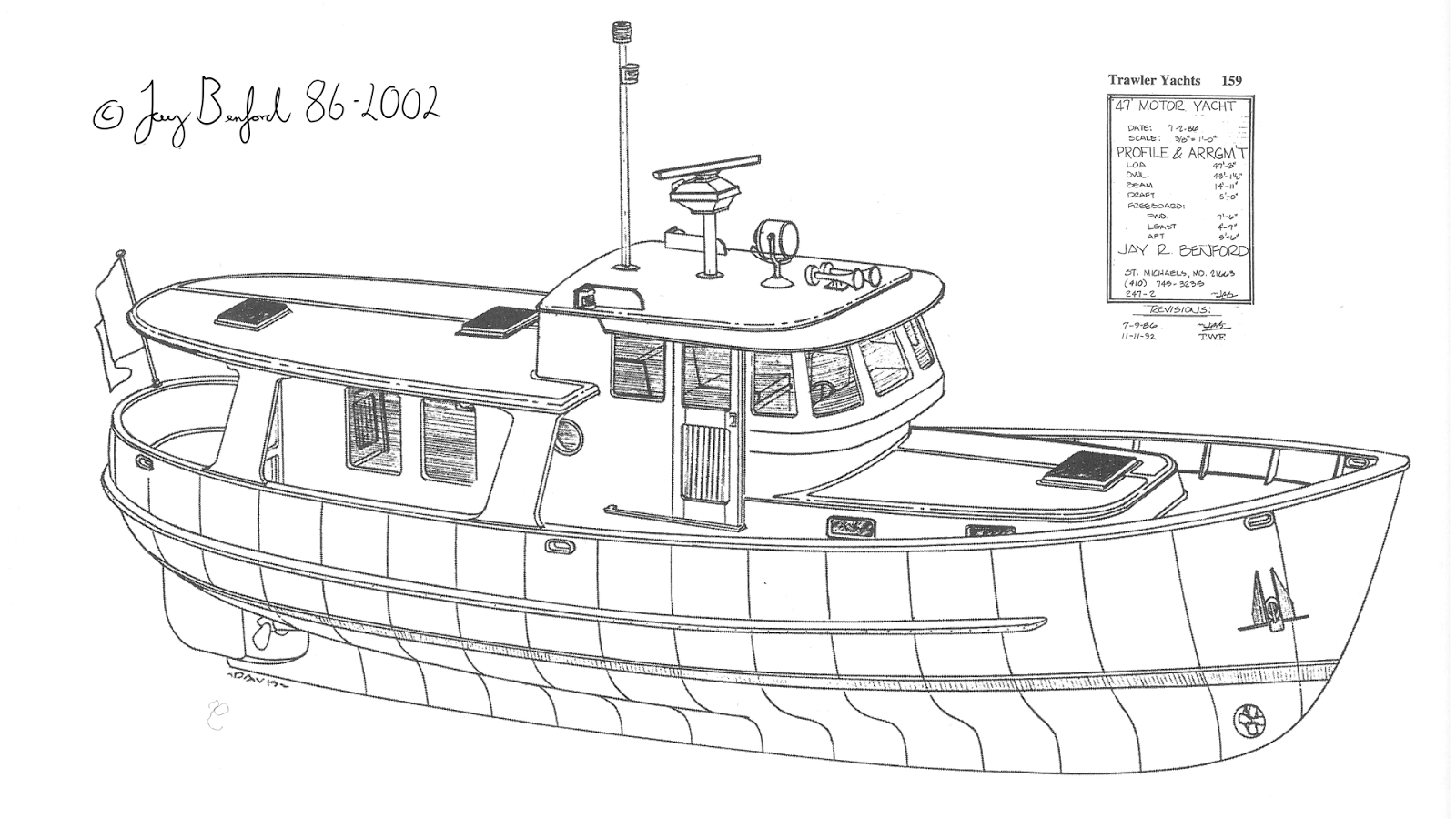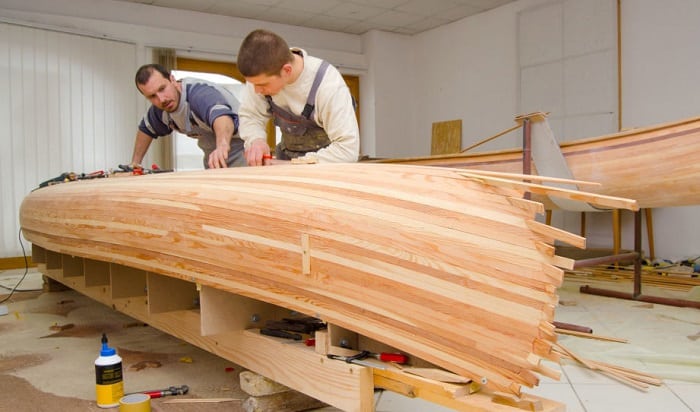
Beyond the Blueprint: Unlocking the Potential of Essential Wooden Boat Plans
Wooden boatbuilding, a craft steeped in history, is experiencing a renaissance. But while countless plans are available, truly understanding their potential often goes beyond simply following instructions. This review delves into "Essential Wooden Boat Plans for Learning and Teaching Boat Construction" (let's call it "EWBPLTC" for brevity), not just summarizing its contents, but exploring rarely discussed aspects that unlock its true value for hobbyists, educators, and professionals alike.
The Unspoken Language of Wood: Beyond the Dimensions
Most boatbuilding plans focus on precise measurements and joinery. But EWBPLTC, while providing these, subtly hints at something deeper: the relationship between wood and the builder.
Q: How does EWBPLTC address the emotional connection between the builder and the wood?
A: It doesn't explicitly state it, but by emphasizing the selection of appropriate timber, the careful study of grain patterns, and the sensual experience of working with the material, it encourages a mindful approach. This isn’t just about following instructions; it's about developing an intuition for wood, understanding its inherent strengths and weaknesses. Think of a seasoned luthier choosing wood for a violin â€" it’s about more than just measurements; it’s about the resonance, the feel.
Adaptability and Innovation: Moving Beyond the "As-Is"
While fidelity to the plan is important for beginners, EWBPLTC subtly opens the door to creative exploration. It provides a strong foundation, allowing for modifications and personalized touches.
Q: How can EWBPLTC be used to foster innovative boat designs?
A: Consider this: a student uses the plan as a springboard to design a small electric motor mount, integrating sustainable materials. Another might modify the hull design for shallow-water navigation based on local conditions. EWBPLTC provides a strong structure, but it’s the adaptable nature of the designs that permits experimentation and exploration of alternative technologies and styles within the constraints of sound boatbuilding principles.
The Teacher's Role: Beyond the Instructor, a Mentor
EWBPLTC isn't just a manual; it's a teaching tool. Its value is amplified by the approach of the instructor.
Q: How can educators leverage EWBPLTC to create engaging and effective learning experiences?
A: Instead of a strict lecture-based approach, instructors can use EWBPLTC to facilitate project-based learning. This might involve:
By fostering a collaborative and inquiry-based learning environment, instructors can transform EWBPLTC from a set of plans into a catalyst for creativity and deeper understanding.
The Long-Term Vision: Building a Community
Finally, the true potential of EWBPLTC lies in its ability to connect individuals within a community of boat builders. Sharing experiences, troubleshooting challenges, and celebrating successes are all crucial aspects of the learning process.
Story Time: Imagine a group of hobbyists, each building a boat from EWBPLTC. They meet regularly to share progress, exchange tips, and offer mutual support. This creates a vibrant learning environment where knowledge is shared organically, fostering a sense of camaraderie and shared accomplishment. This collaborative aspect, often overlooked, is where the real magic happens. The plans become a launching pad for lasting friendships and shared passion.
In conclusion, "Essential Wooden Boat Plans for Learning and Teaching Boat Construction" is more than just a collection of blueprints. It’s a gateway to a rich and rewarding experience that combines craftsmanship, creativity, and community building. By shifting the focus from mere adherence to instructions to a deeper appreciation for the material, the process, and the collaborative spirit, we unlock the true potential of this resource and build not just boats, but also lasting connections and a legacy of craftsmanship.






















